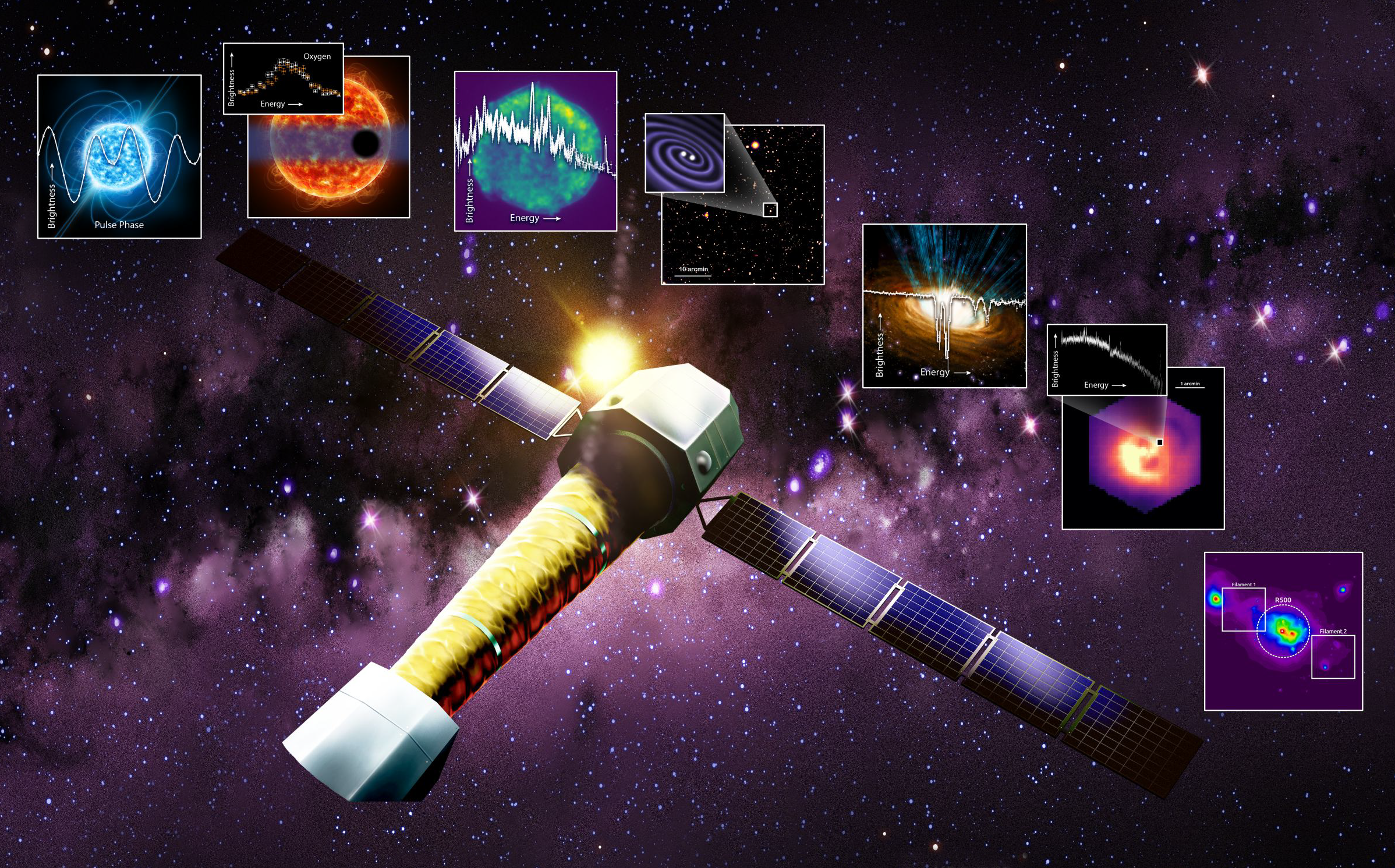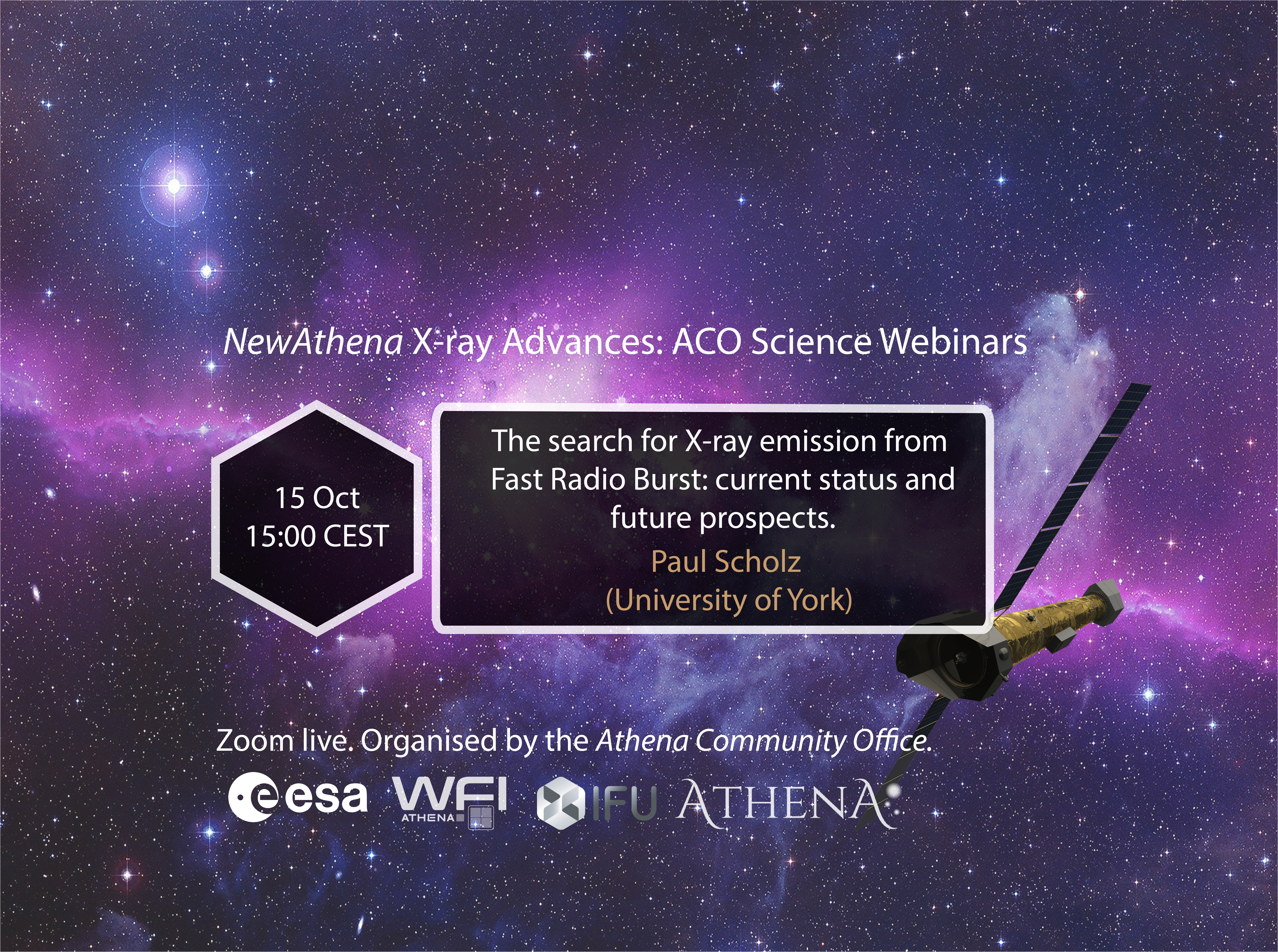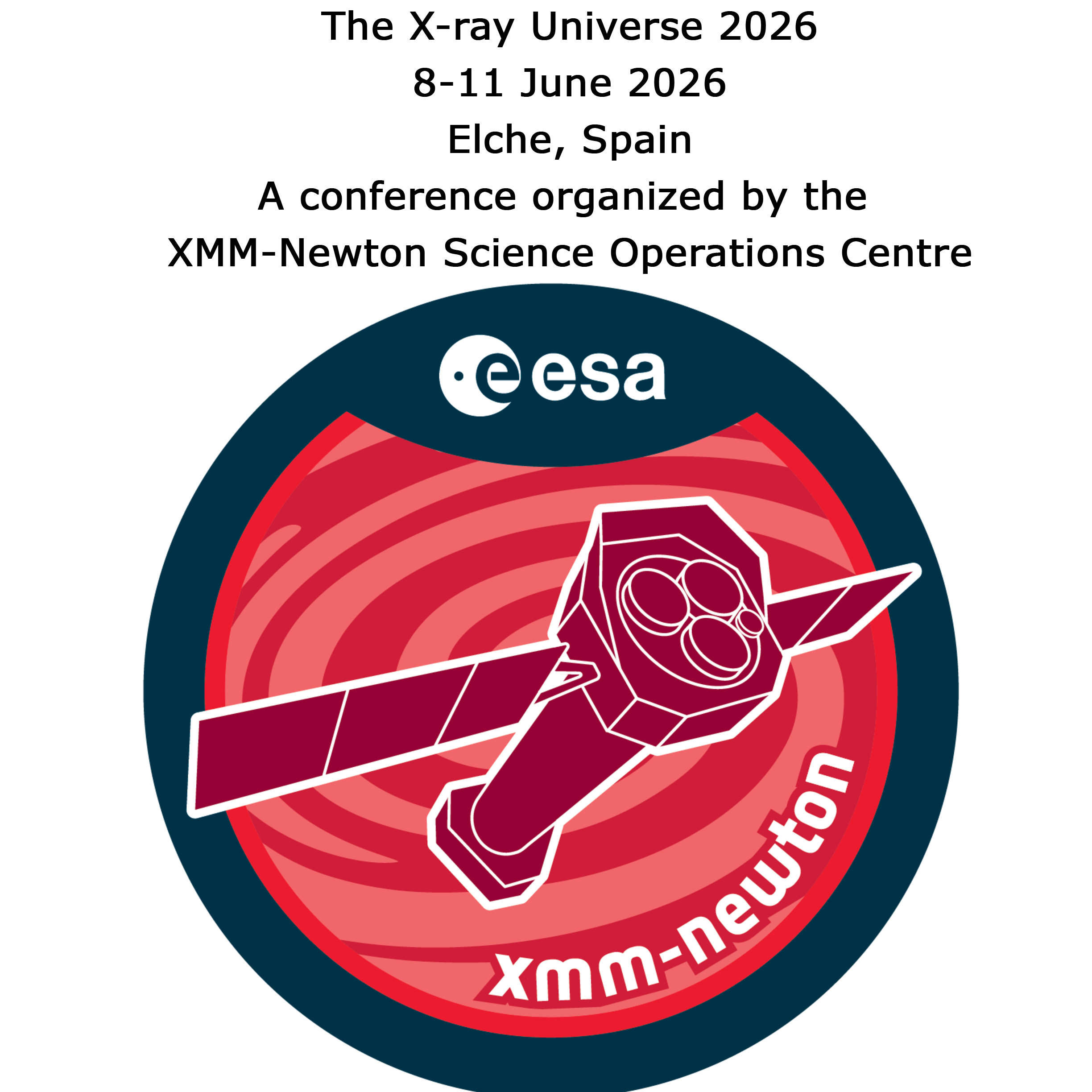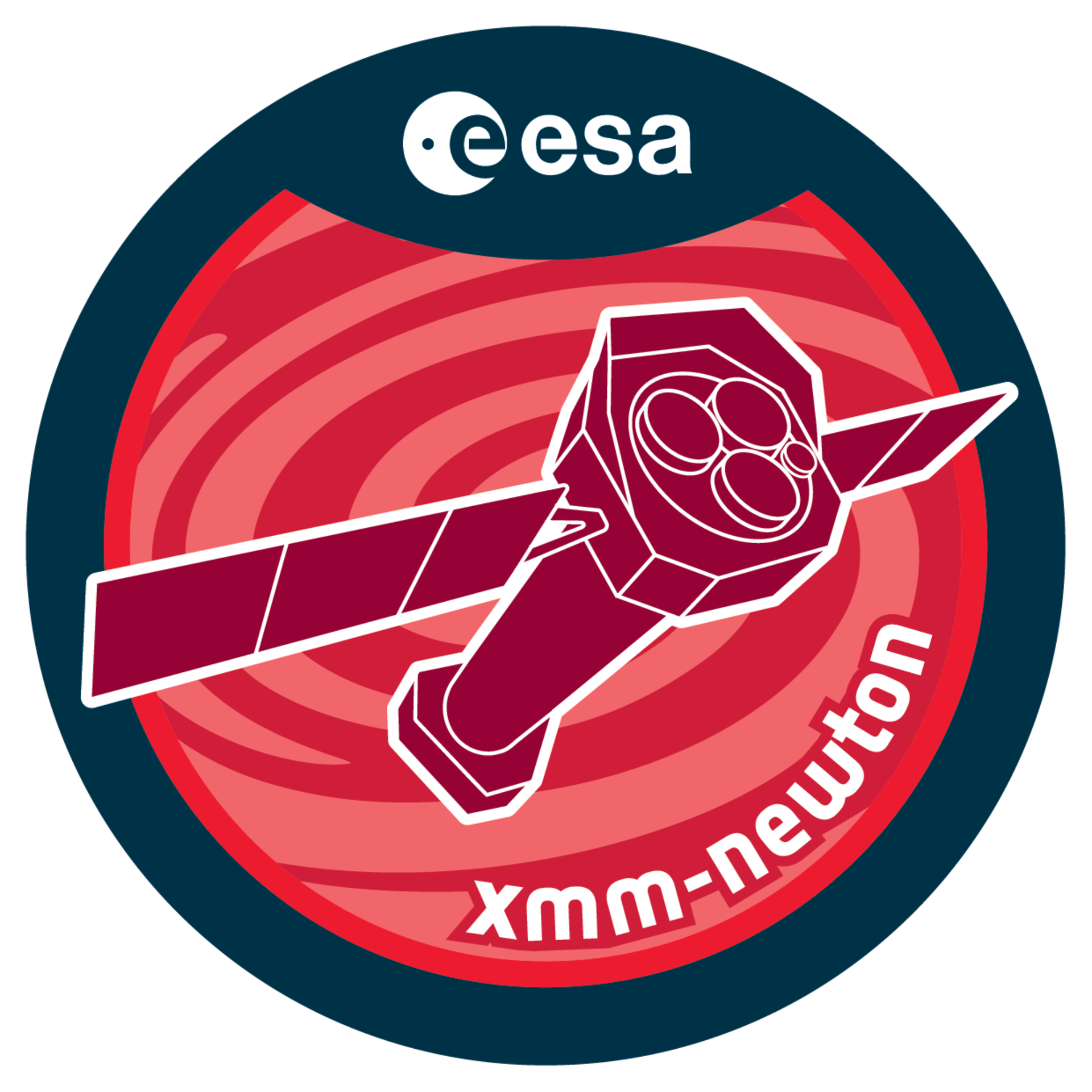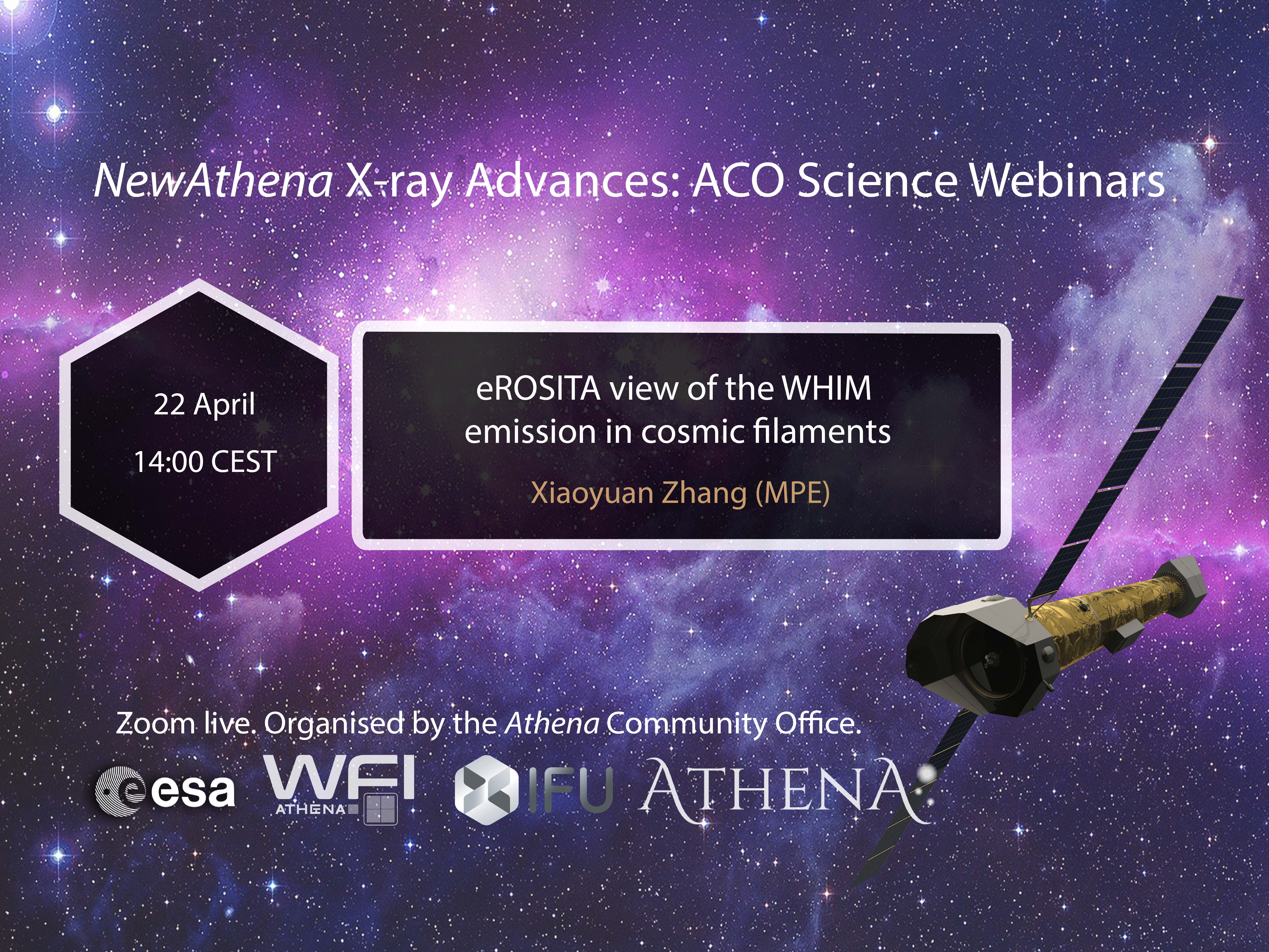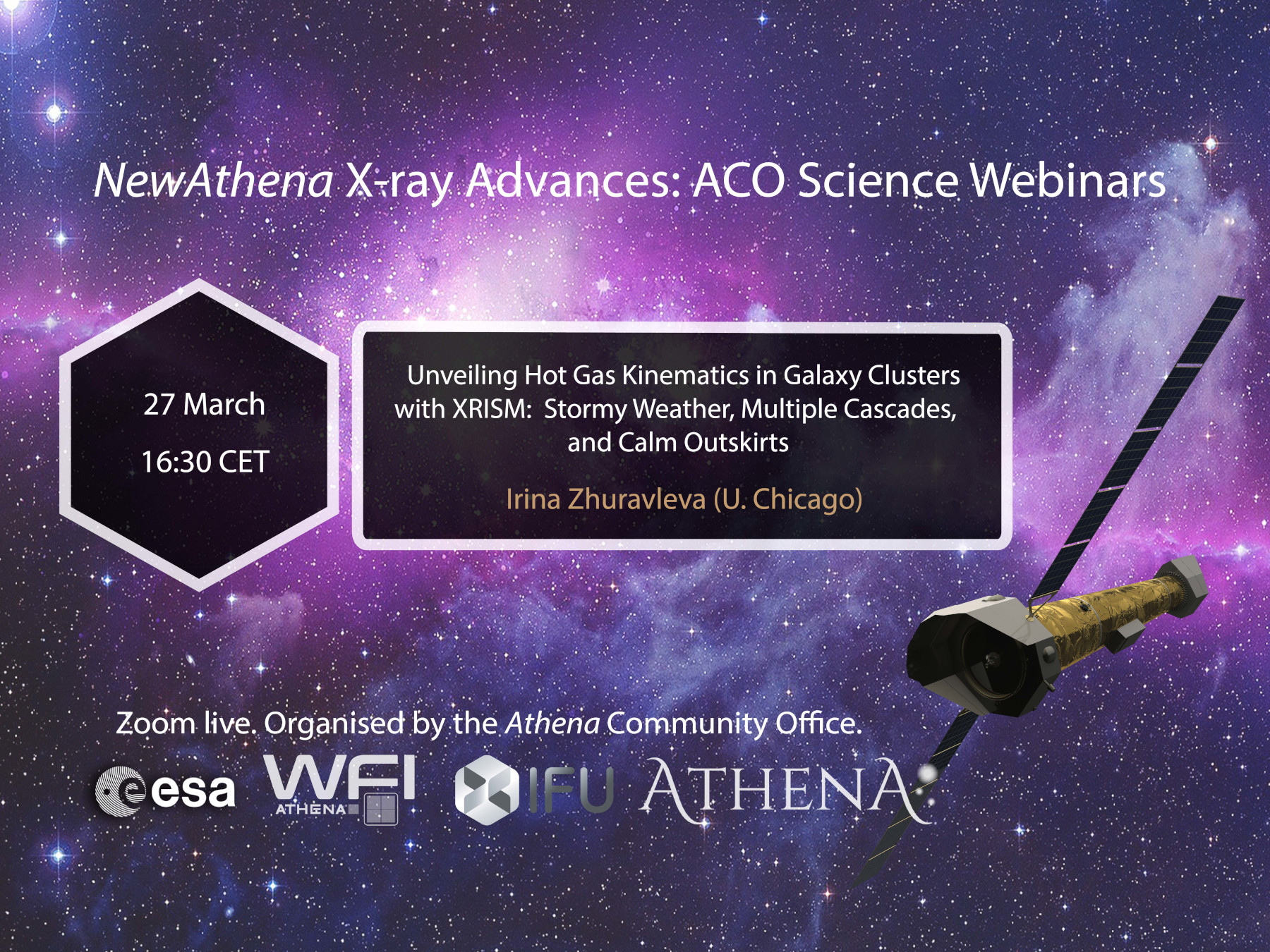The scientific article published by Nature Astronomy concisely outlines the principal domains where X-ray astronomy is anticipated to advance our comprehension of the Universe in the forthcoming decade. It further delineates a novel mission concept currently under study at the European Space Agency (ESA), at the partner agencies (NASA and JAXA) and in the scientific community worldwide aimed at groundbreaking discoveries: NewAthena.
NewAthena constitutes an ESA flagship X-ray observatory mission, providing an order-of-magnitude improvement in sensitivity, spectroscopy and survey capabilities with respect to existing observatories. It will address many open questions in modern astrophysics, such as: the effect of stars on the habitability of their planets, the equation of state governing matter in neutron stars, the production and distribution of metals throughout the Universe, the mechanisms behind the cosmological evolution of baryons trapped by Dark Matter potential wells, and the effects of supermassive black holes on their host galaxy evolution, to name but a few. It will also contribute a key element to the field of multi-messenger astrophysics.
This study builds on the legacy of many years of scientific and technical work at ESA, in the I, the international partners (NASA and JAXA), and by the broad Athena community. A fundamental part of all NewAthena studies has been a large extragalactic survey to characterize growing supermassive black holes, and constrain their effect on groups and clusters of galaxies at the heyday of star formation and galaxy growth in the Universe. “With such a survey we will catch many such growing black holes in the act of affecting their host galaxies, measuring their incidence. We will also detect and measure many of their elusive obscured higher redshift counterparts, fundamental to understand the growth of galaxies” explains co-author Prof. Francisco J. Carrera, Professor of Astronomy and Astrophysics at the Instituto de Física de Cantabria (Consejo Superior de Investigaciones Científicas CSIC-Universidad de Cantabria, Spain).
The burgeoning field of multi-messenger astrophysics (combining information from the Cosmos from gravitational waves, neutrinos and electromagnetic radiation) has been successfully integrated in the NewAthena’s science case: “The combination of its two instruments will break degeneracies between inclination and distance in gravitational wave sources, turning them into bright sirens to explore the expansion of the Universe” describes co-author Dr. Eleonora Troja, Associate Professor at the University of Rome (Italy) and affiliated scientist of the National Institution for Astrophysics (INAF) (Italy).
Another topic that showcases the flexibility and power of NewAthena as an observatory is the study of the state of matter in neutron stars, as reported by Prof. Nanda Rea, Professor for the CSIC at the Institut d’Estudis Espacials de Catalunya (Barcelona, Spain), also a co-author: “Currently there are many proposals about how matter behaves in the extreme conditions in the interior of neutron stars. The extreme precision of the measurements of the radius of several of those objects with NewAthena is poised to pinpoint how dense matter behaves”.
According to Prof. Mike Cruise, Emeritus Professor of Astrophysics and Space research at the University of Birmingham (UK): " Following a period of technical revision and scientific review the NewAthena mission now stands as the foremost X-Ray mission of the next two decades. The combination of exceptional sensitivity and spectral resolution will significantly advance our ability to understand, among other mysteries, the detailed physics driving emission from clusters of galaxies, the energetics and population statistics of supermassive black holes, and the fundamental physics underlying many objects in the Hot Universe.”
